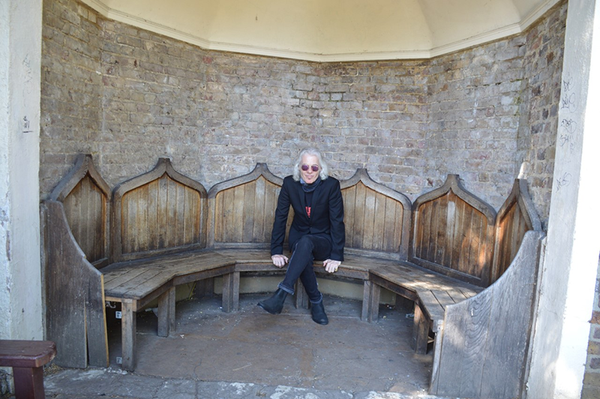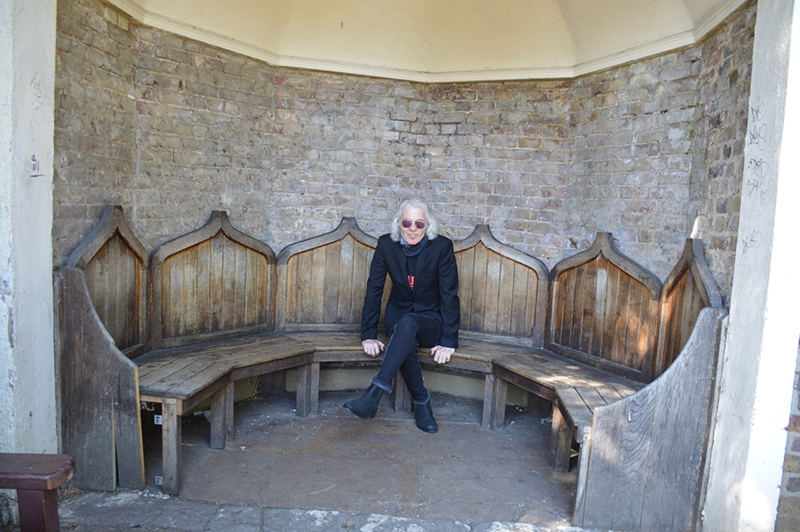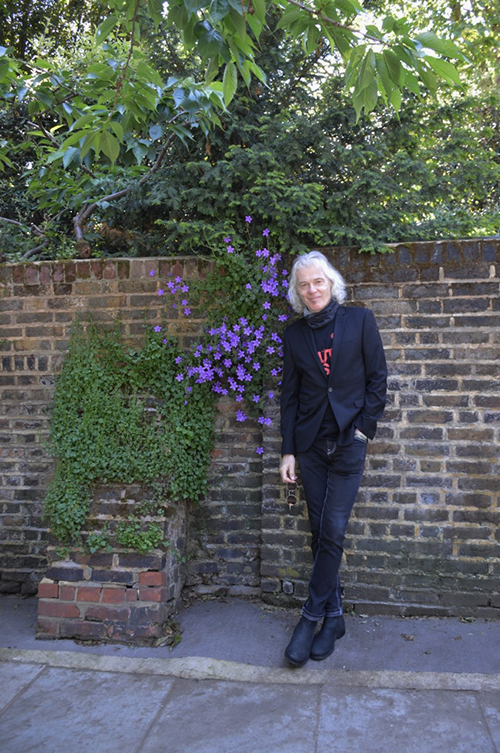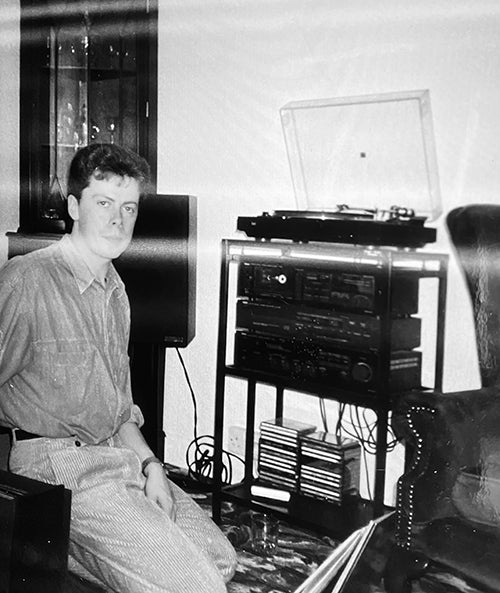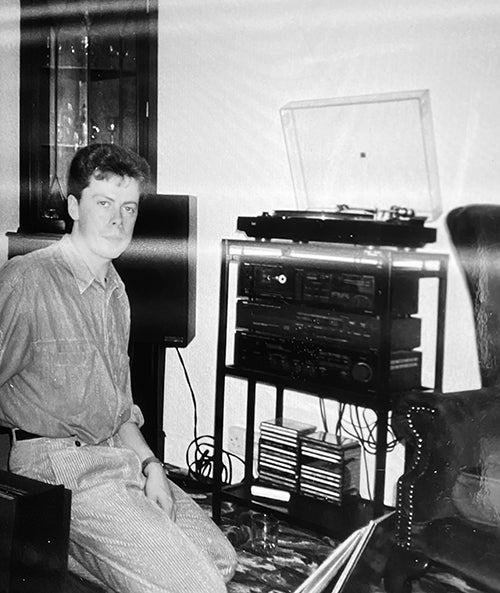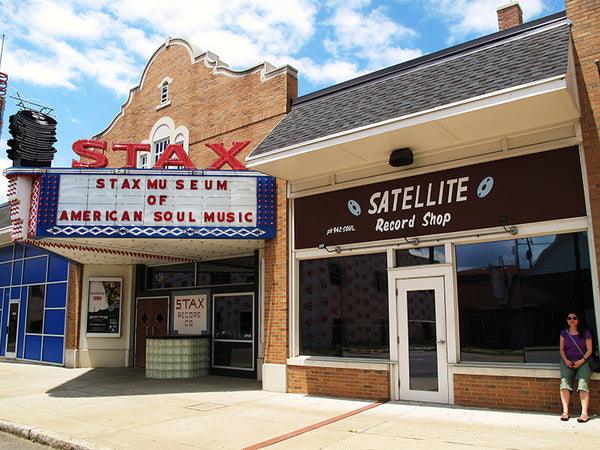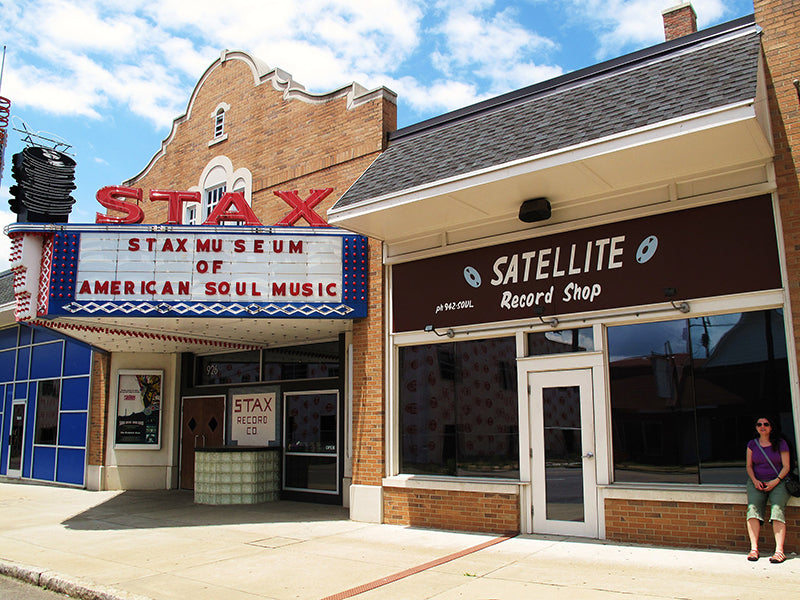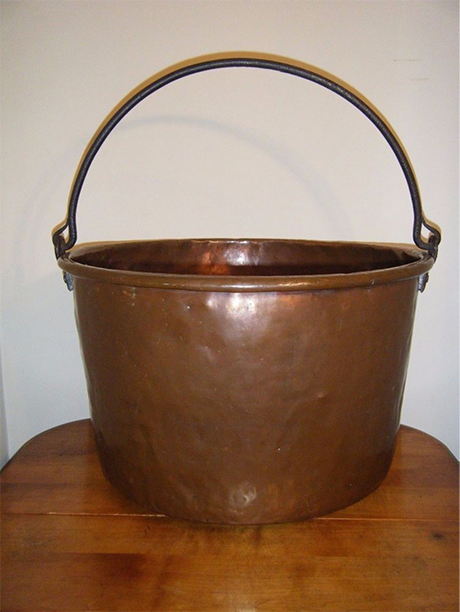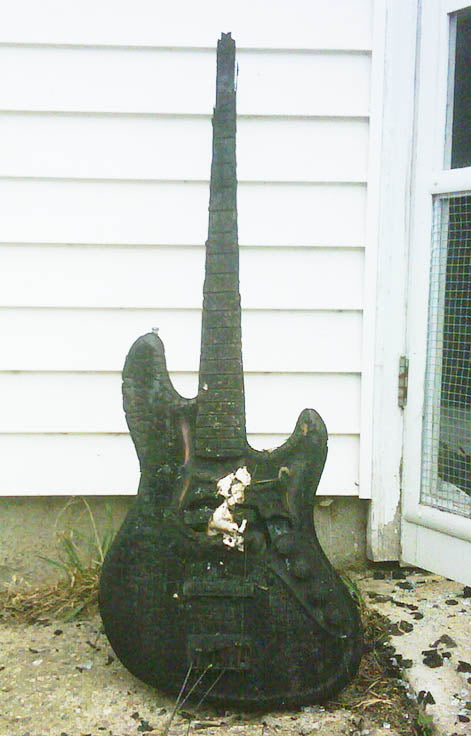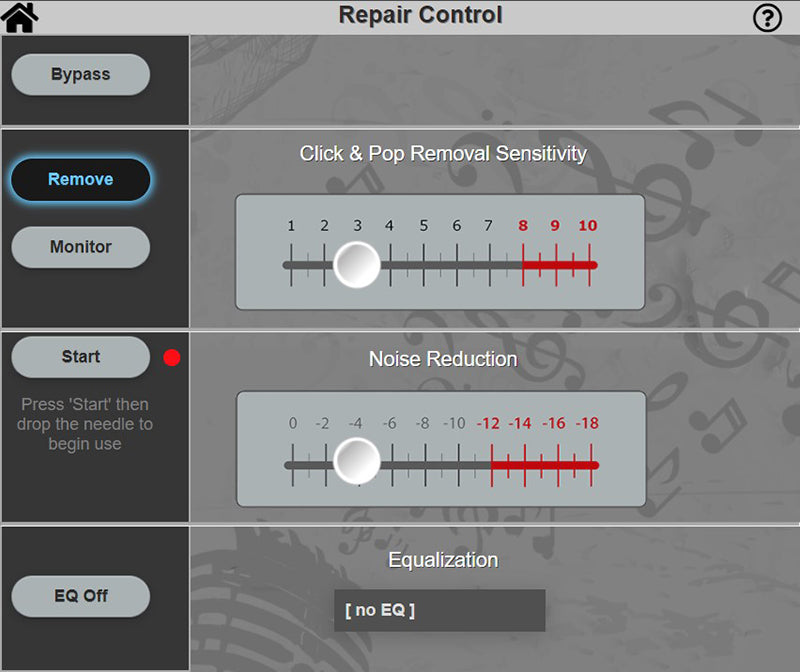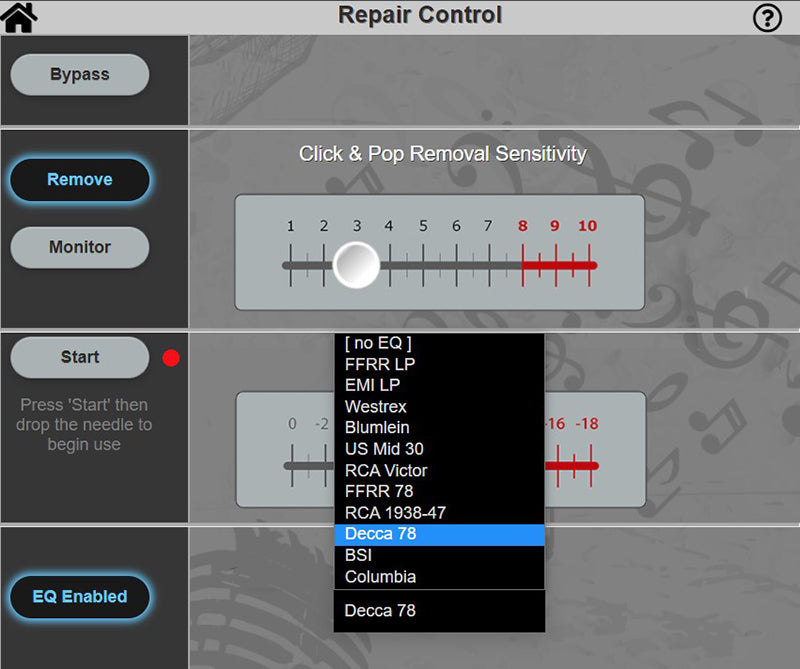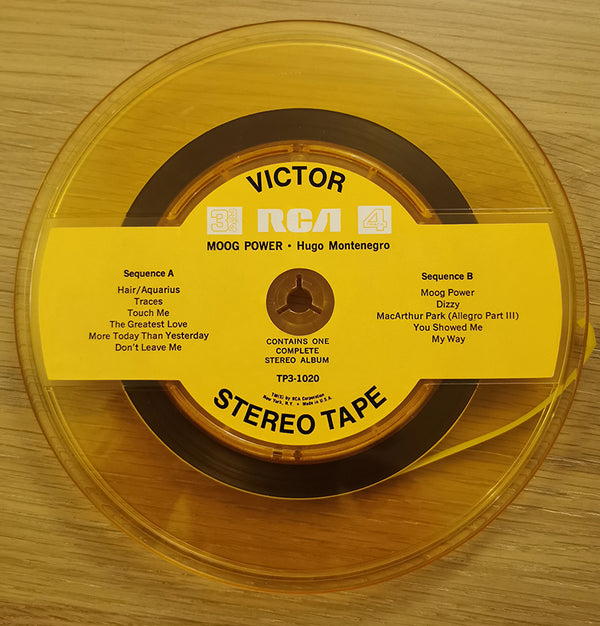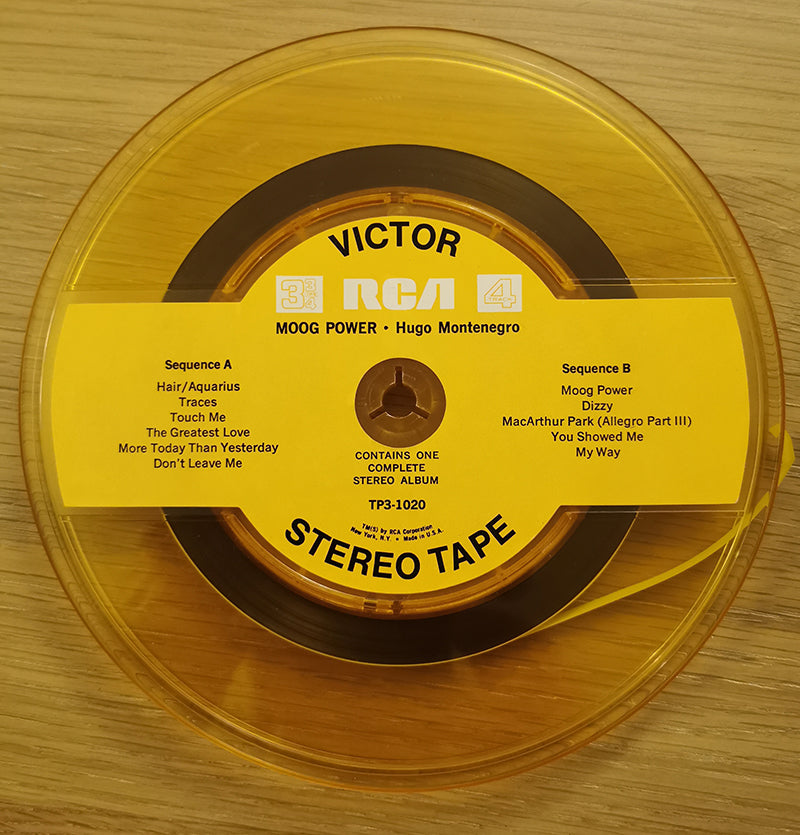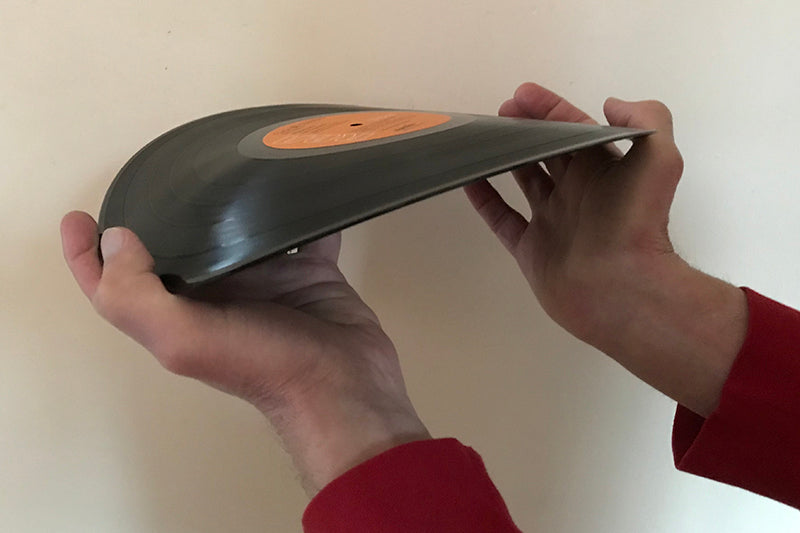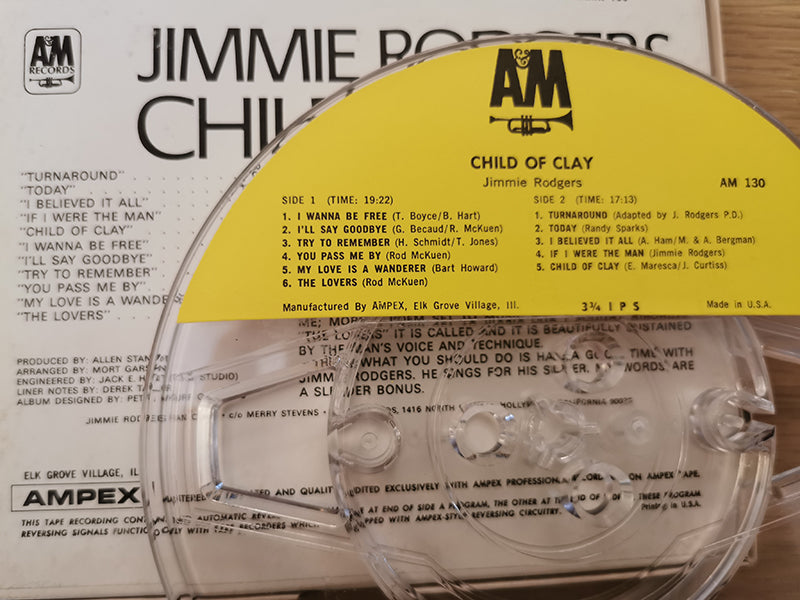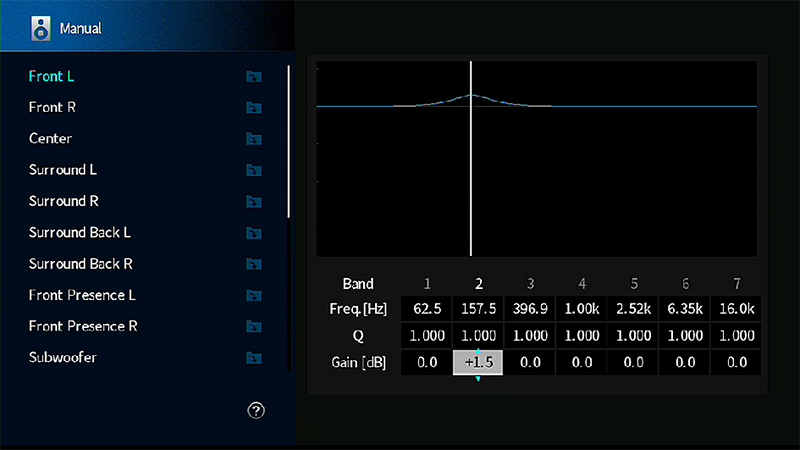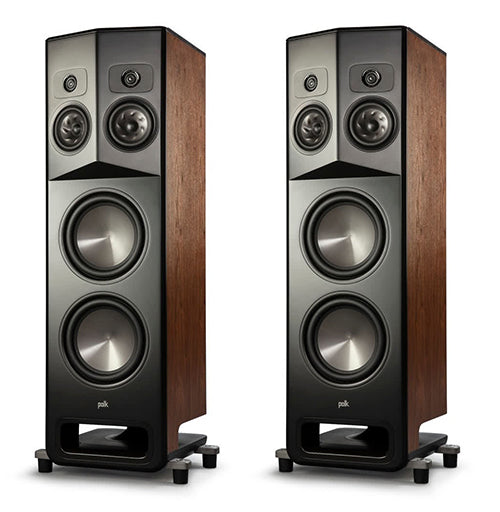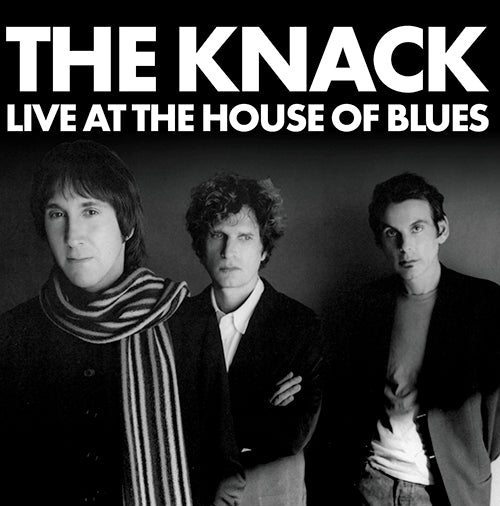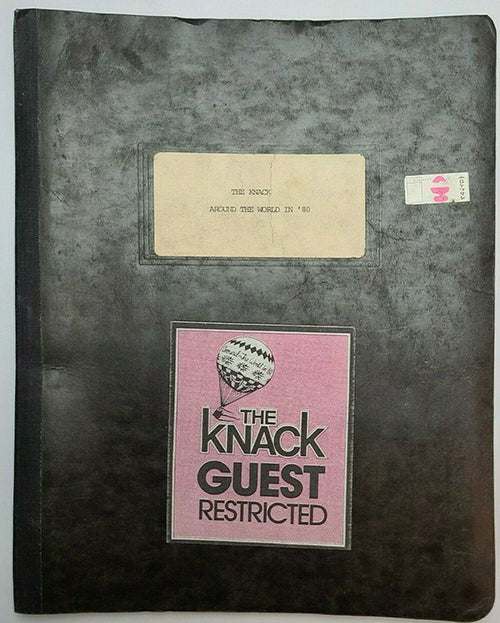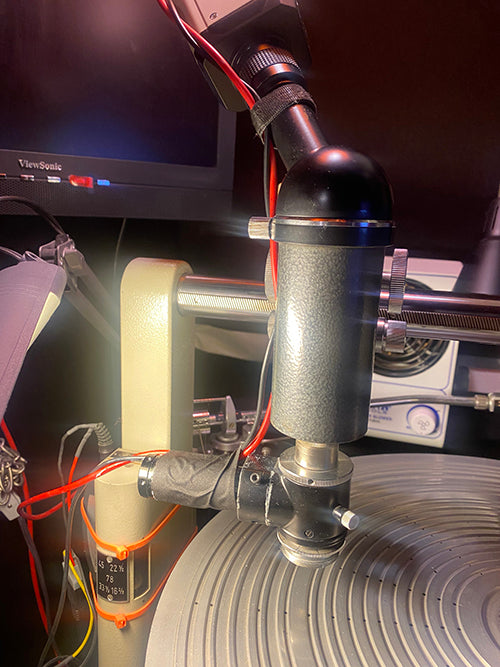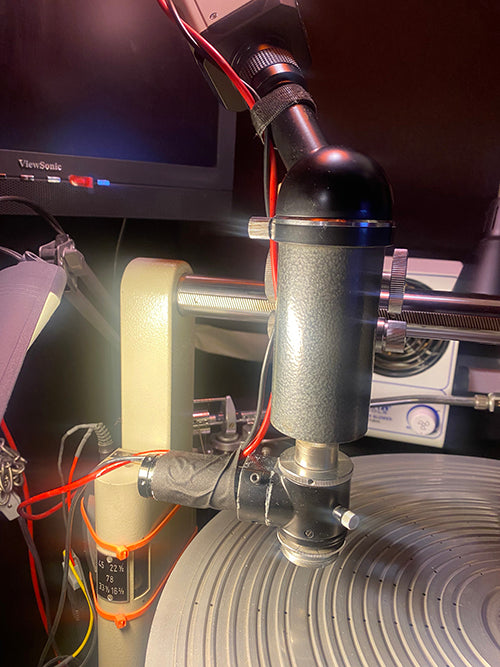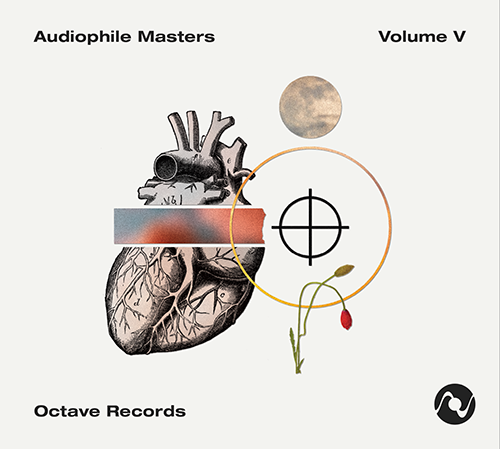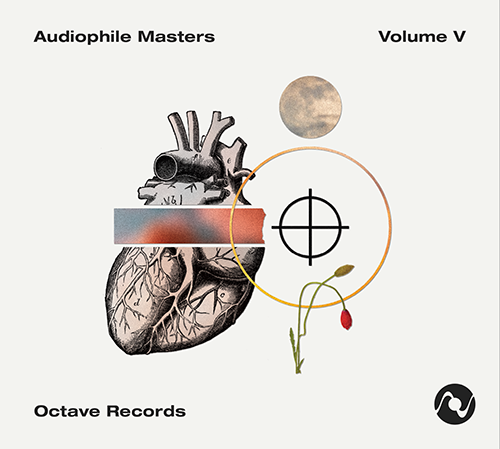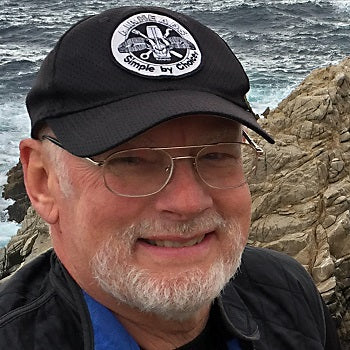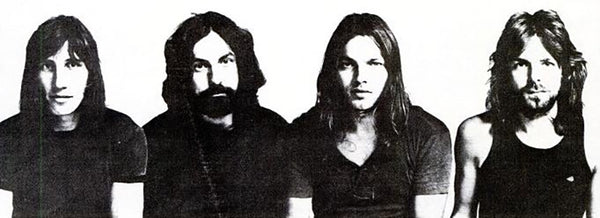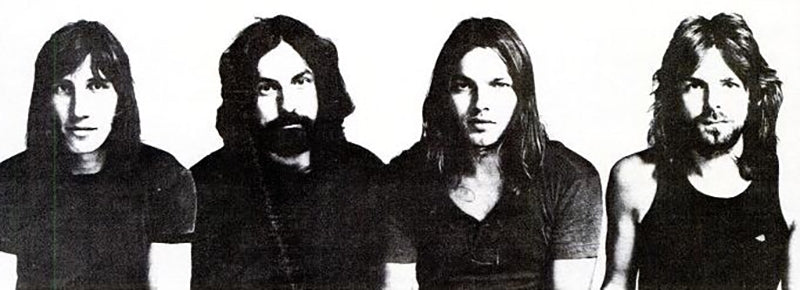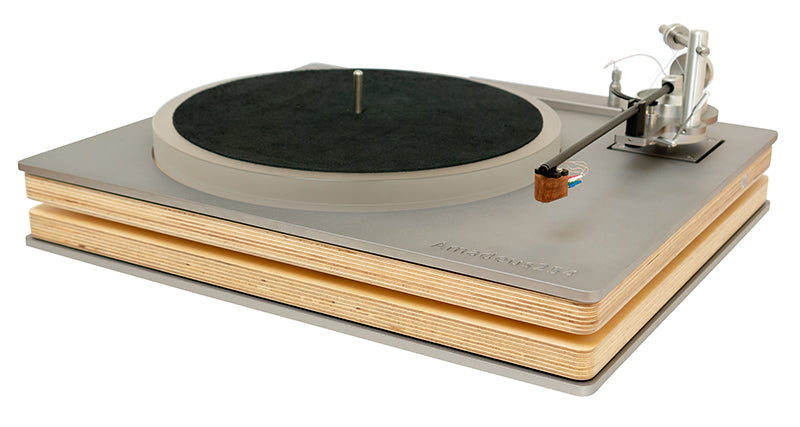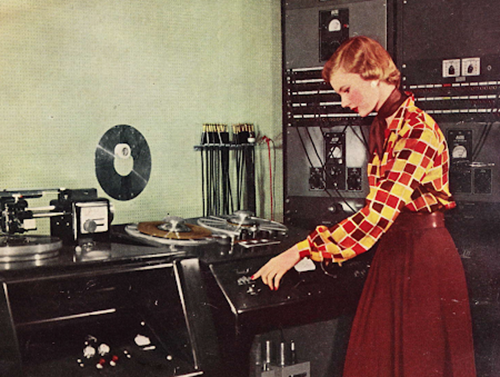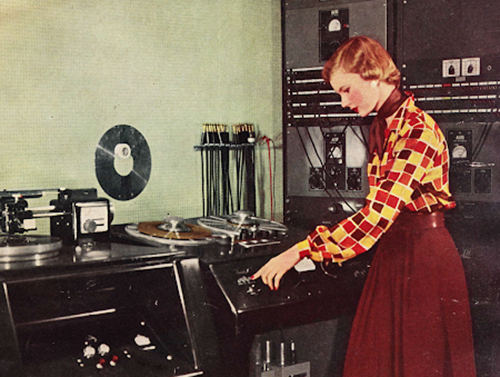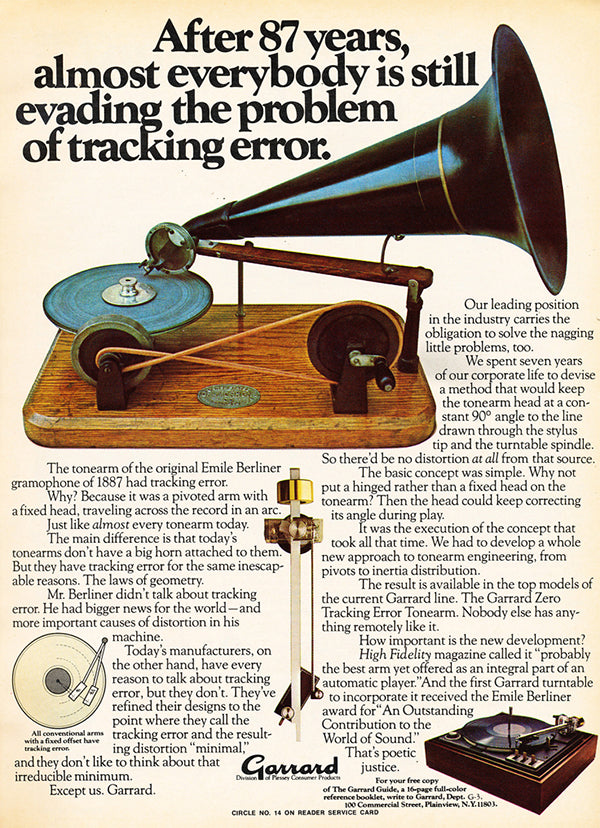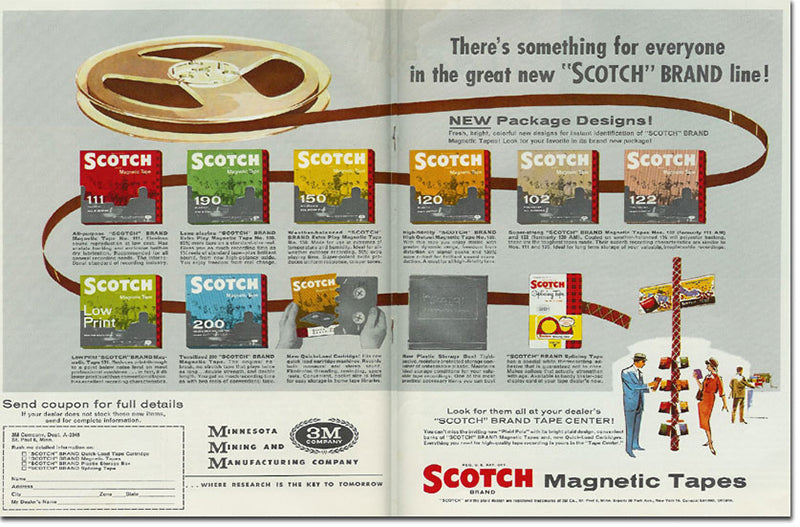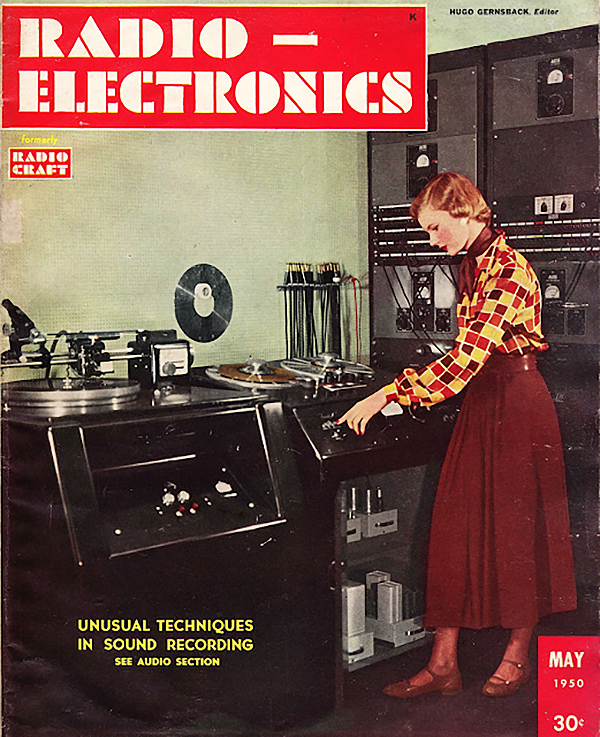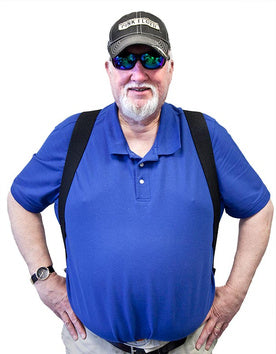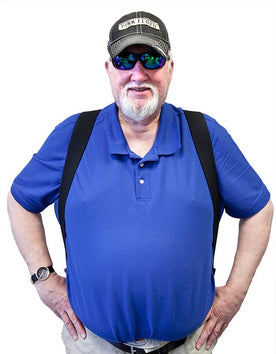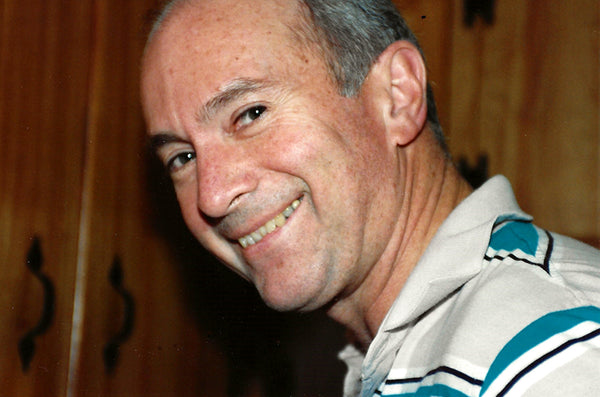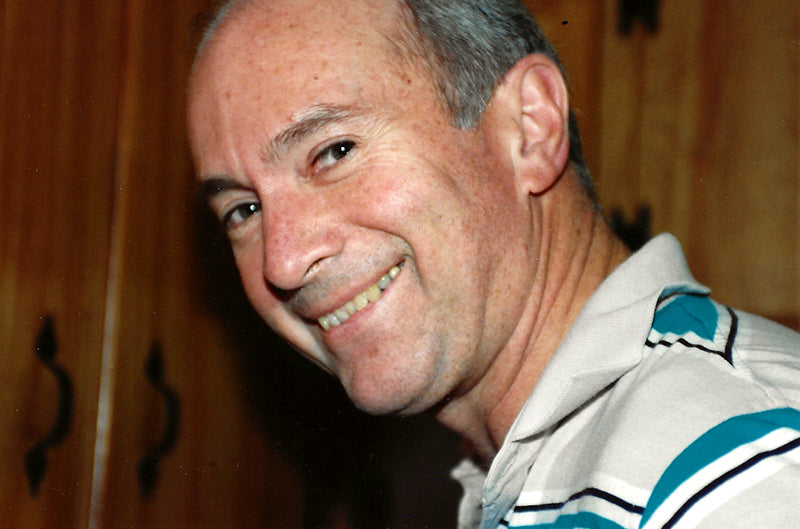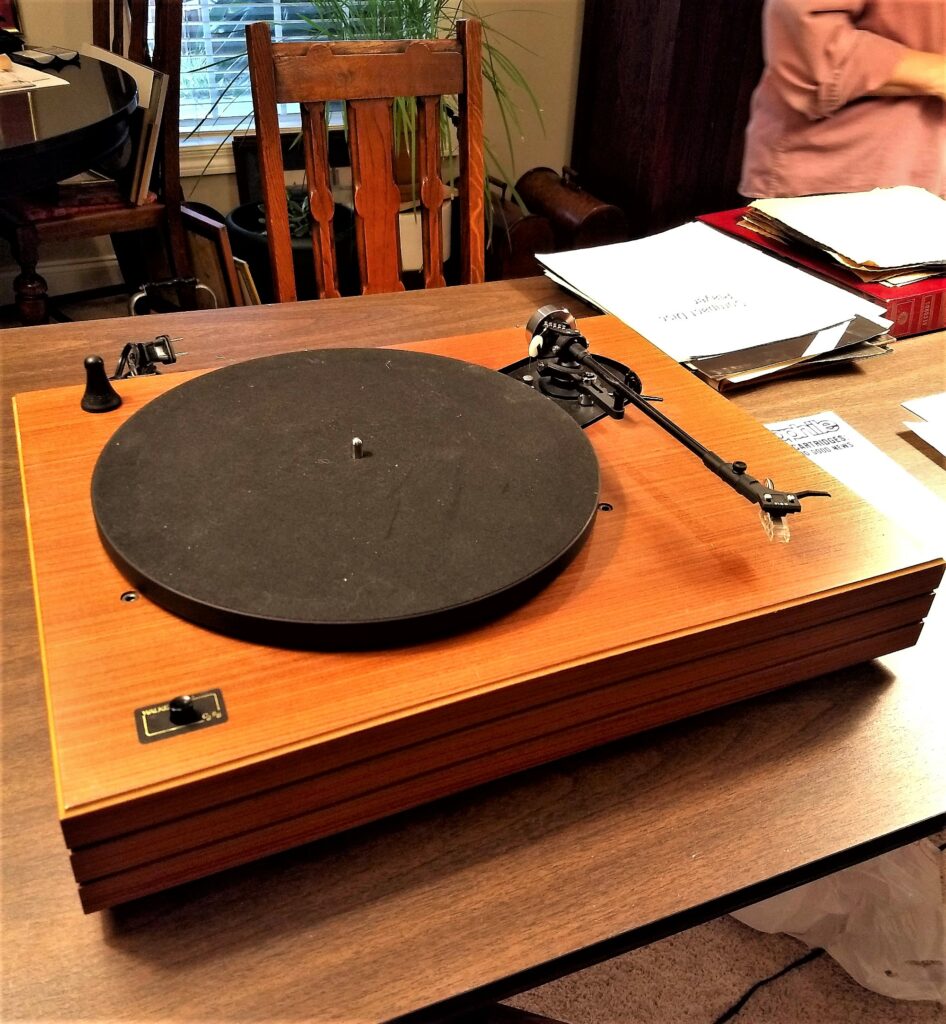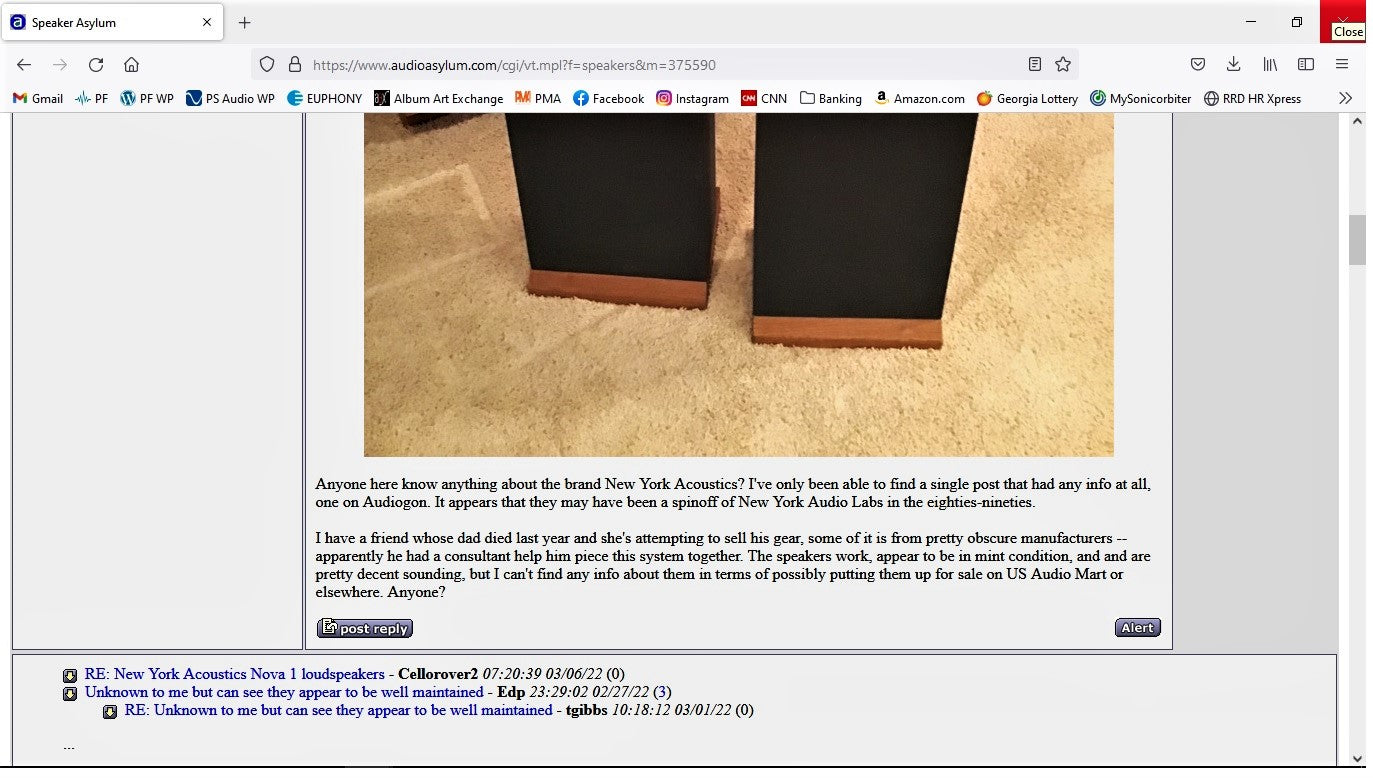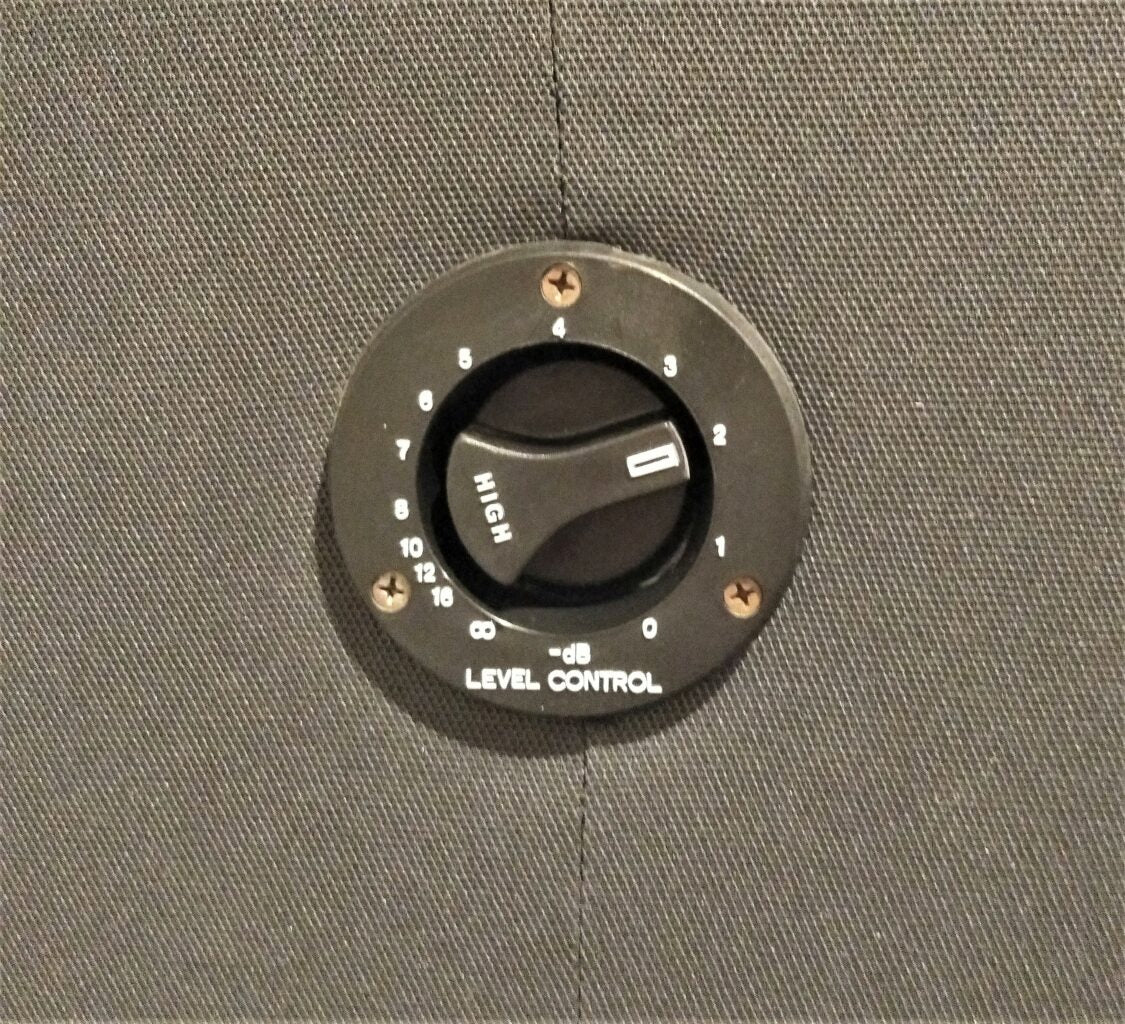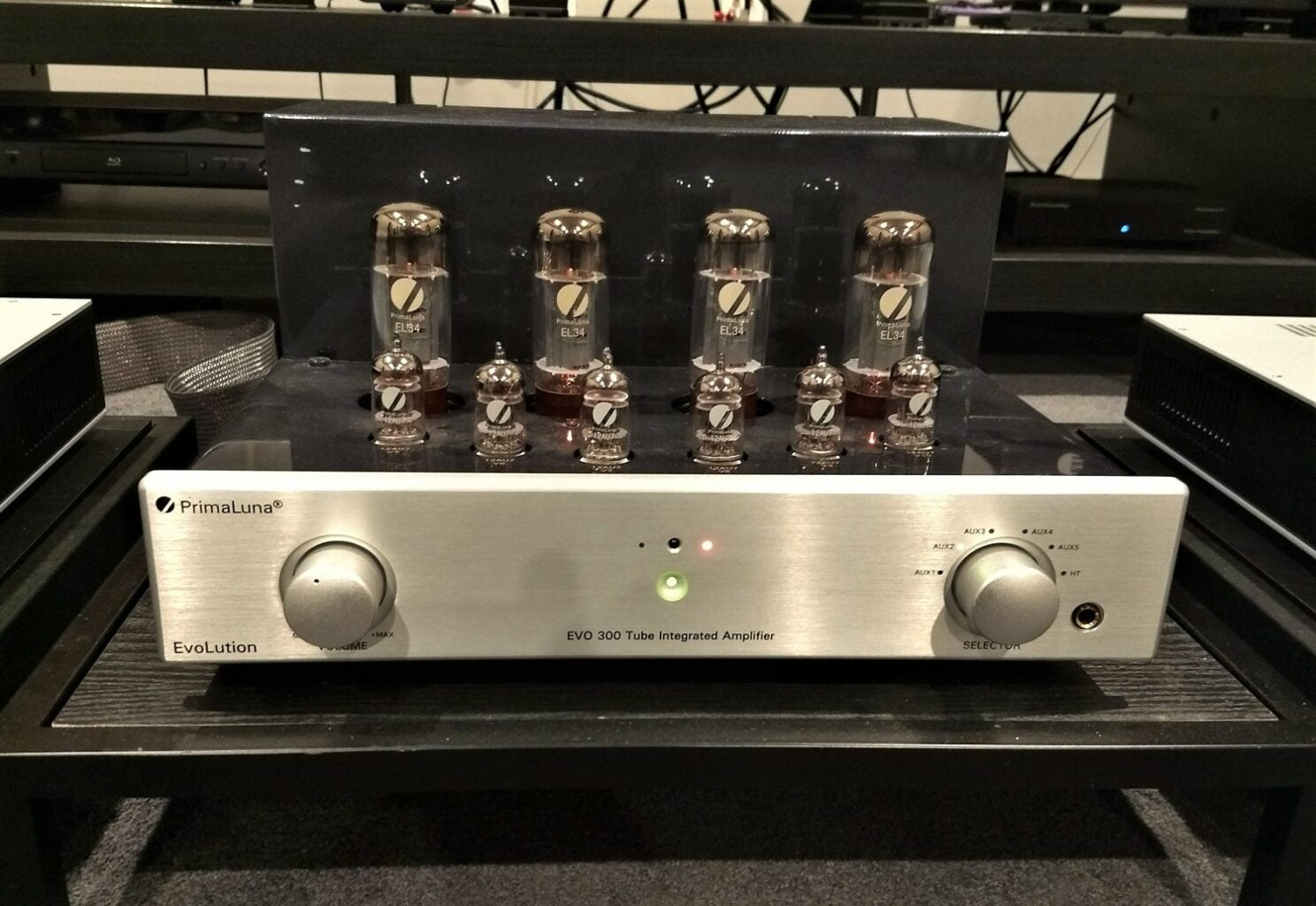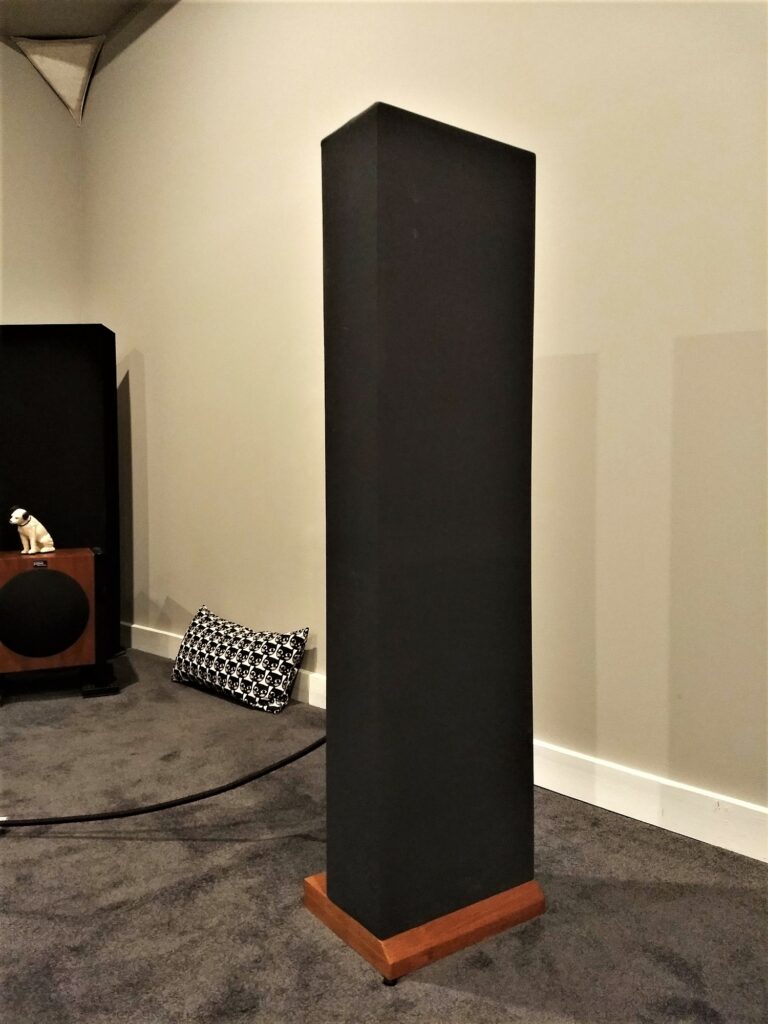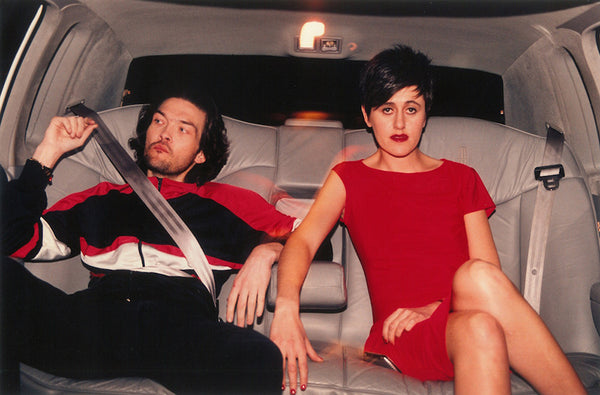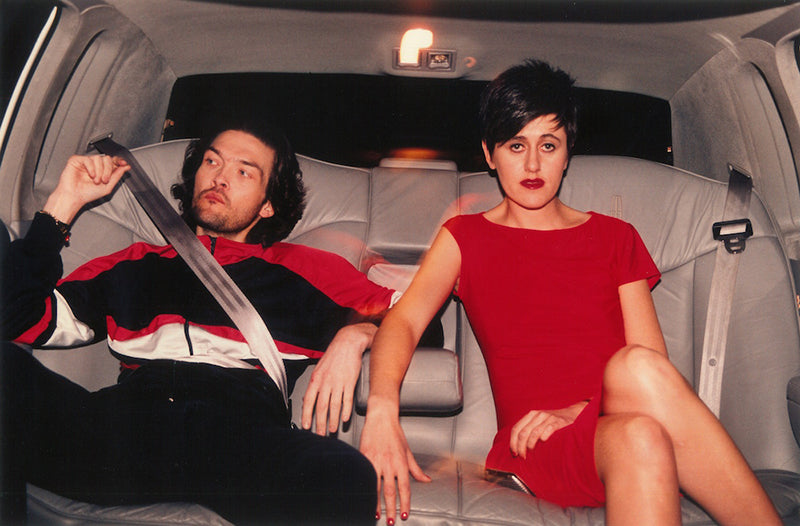With multiple Grammy Award wins and nominations to their credit, as well as European awards such as the Echo Klassik and Le Diamant d’Opera, Jim Anderson and Ulrike Schwarz have a unique personal and professional partnership that has resulted in a wide range of critically-acclaimed, co-produced and co-engineered recordings. Currently, the duo is up for a 2021 Best Immersive Recording Grammy nomination for jazz artist Patricia Barber’s Clique (reviewed by Tom Gibbs in Issue 144). Part One of our interview in Issue 156 included their thoughts on making their mixing techniques as “invisible” as possible, and in working with live orchestras and big bands, and discussed their favorite recordings done by each other.
Part Two (Issue 157) delved into their earlier work using analog tape, their approaches towards recording unfamiliar instruments and different types of ethnic and regional music, and their transition into digital recording. Issue 158 and Part Three explored their appreciation for Leonard Bernstein, Henry Mancini, and Glenn Gould, as well as their early histories in mixing for immersive audio; details about their home studio, which rivals many professional surround-sound establishments; and some of the differences between the equipment they choose for work as engineers as opposed to what they listen with for pleasure as audiophiles. This installment goes further into the latter topic, and concludes the series.
Ulrike Schwarz: I [listened to] McIntosh (tube amps) for 12 hours a day [for a while]. And those were very, very nice ones. I’ve heard [our recording of Patricia Barber’s Clique] on Wilsons – on the WAMMs, or whatever they’re called. I mean, it’s just kind of fun. But I do prefer the Magico [S5] – that to me, is more musical. [The latest version of the Wilson Audio WAMM is the WAMM Master Chronosonic – Ed.]
I bought a PMC 5.1 [speaker] setup (models TB2+ and TLE1) for my home because I was having trouble mixing non-classical content on the ARD (national German broadcasting network) standard speakers, the Geithain 901. There is a range between 200 to 400 Hz that is so indistinguishable on the Geithains that I felt the need to check myself at home. I also had a pair of Dynaudio BLM06 active speakers stored at Studio 2 of the Bavarian Radio studio building that I would use for jazz recordings.
Also, I like listening to our [radio] broadcasts and DVD-Audio, SACD and Blu-rays at home in 5.1.
But it kind of blends. I wouldn’t want to have too-forgiving speakers even to listen to for fun because I would be looking for things [to hear that weren’t there]. Jim was talking about Revel [speakers], and I don’t get along with the Revels.
Jim Anderson: The reason I brought those up was [that] we were using them in mastering and I found them to be actually pretty nice, but I think we found stuff we like better. So yes, if Magico wants to give us a pair, we’ll be very happy to take them. They know we’re very good at evaluating equipment.
John Seetoo: Regarding Patricia Barber: congratulations on the latest Grammy nomination (for Clique). You have quite a number of records that you’ve done together. First part of my next question: what was different about producing Clique versus, say, Barber’s Café Blue or Modern Cool or your other records? And, is there a particular methodology or chemistry that you have working with Patricia that make your collaborations so productive?
JA: Thank you. I’ve said this before in other interviews, but every time we’ve gone into the studio, I have always tried to look at, what’s the state of the art today? Every time we’ve gone in the studio, there have been changes, incremental changes.
Café Blue was done with a 16-bit [D/A] converter for me to mix with at the time, and that was the best we had. And then we stepped up when it came to Modern Cool. We started working in a higher-[resolution] format, [with] higher track counts and all that kind of thing. Every time we’ve stepped up, we’ve always addressed what [the state of the art] is at the moment.
The other thing about Café Blue was, I built a live [reverb] chamber in the stairwell. And that was the reverb that everybody kind of fell in love with at the time. An “analog” live chamber that was built with microphones and speakers – just the way you do [it] at Capitol Records [Studios], you know, you have a very live room [in which] you put in microphones and speakers, and that’s the reverb.
But when we started getting along to Patricia’s album Verse, Sony sent me a DRE-S777 [sampling digital] reverb, and I did a convolution of that stairwell. And I still have it, if I need it. So, I was able to go from setting up a live chamber to actually using a convolution of the live chamber. [Convolution reverb uses digital recordings of real spaces to apply the reverb effect – Ed.]
And then, when we got to Smash, I had just done the Modern Cool remix in surround at Skywalker [Sound]. And so [they asked], “where would you like to mix?” “Skywalker!” [Their reply was] “Sure!” We’ve [gone] out there since 2012 when we want to mix Patty. So again, that’s another way that we can move up.
When we got to the last two albums: Higher, and Clique, we started looking around, saying, “okay, how can we increase the technical aspect of the recordings?”
That’s when we got into high-resolution 352.8 kHz, and starting working in DXD [the Digital eXtreme Definition PCM format at 352.8 kHz/24-bit – Ed.]. So, we mixed Higher first, because that was coming out first. Then a year later, we went out [to Skywalker]. And we were able to, again, for this last record, use the Merging Technologies, what’s it called?
US: MERGING+CLOCK…
JA: We put [this] really excellent [digital master] clock in the system. And all of a sudden, oh, my gosh, the recording just locked together. I think that’s what makes Clique kind of really work. It’s the stability of the image.
The other thing that we did with both Higher and Clique was that we really paid attention to every aspect of electrification of all the equipment. Every AC cable was replaced with Essential Sound Products’ MusicCord. We also use the Essential Sound Products Power Distributor. We really paid attention to the power [going] to the clocking and all that kind of thing. We’ve stepped up the game every time that we’ve stepped into the studio with Patty.
US: At Skywalker we bring in, of course, the audio interface and the tracks, obviously, but also, I brought in all the patch cables and snakes that we sometimes use. We fly five bags of metal out to California.

Ulrike Schwarz.
JA: At the same time, I don’t want Patty to be aware of any of this stuff. Because basically, she wants to walk into the studio at three o’clock and start recording. So, I’ll have the band come in at about one o’clock. We’ll soundcheck them, we’ll get everybody comfortable.
And then I’ll have Patty set up. She’ll come in, and she’ll just put on the headphones and see if she feels comfortable – and then go from there. What I try [to create], essentially, for her, is [that] we’re basically doing the same record ever since Café Blue up until fifteen records later. To her, it’s the same situation: That’s so she’s comfortable, she can sit down, she knows it’s gonna be a good product. And it’s really so they can just perform.
That’s always the issue. Trying not to get the tech… you know, this goes back to the first question on trying not to get the technology in the way of the performance. She can come in, sit down and then when she hears the first playback, she’ll say, “oh, that’s fine.”
And the thing is, I try to get the best sound I can on every instrument and then blend that together, so she just sits on top of the whole thing. And she’s really appreciative of the efforts that we put forward for her.
US: I think actually, Jim is underplaying this a little bit. If you’ve been with a person for 30 years, I think it’s more than just giving stability. I mean, you’re friends with her. And that, of course, makes it much, much better, much easier for her to give out, because it is a vulnerable situation for the singer and the band and everything to be there. And just to see that you have the stability and the friend on the other side – I would think is a very big part of why this [arrangement] works so well.
JS: Do either or both of you think immersive audio will catch on more commercially with a wider audience outside of the home theater and audiophile markets? Do you think that the video game sector might be the first of other potential applications for immersive audio?
JA: At the Audio Engineering Society (AES), we did a [seminar] on gaming audio 20 years ago. And they essentially were doing immersive sound [even] back then. Even on the most basic of games. I think when it comes to immersive sound, you can be a lot more creative, in just creating atmospheres and things like that. In VR, audio is usually about five years behind the visual. So, I think we’re now catching up to where VR was when we first put on Oculus glasses and said, “wow, isn’t that great? Too bad it doesn’t sound that good.”
Now it’s starting to get to the point where you really have a [true] immersive sound [in gaming and VR]. And so, I think that the play now is getting an immersive sound out of just a pair of speakers; I think it’s going to be difficult for really quite a while. Probably eventually, that’ll improve. But, are people really going to be as crazy as we are and have a room that has six speakers sitting in it? Or more?
We find with [Dolby] Atmos, [the sound from] a soundbar is actually not bad and pretty convincing. And so, I think if you can make it pretty easy for the consumer, it’s kind of a drop kick or a forward pass or whatever it would be. Make it easy for the consumer to understand how it gets set up, so they can set it up properly and it’s effective in their room architecture. I think that is what’s going to really make it work.

Jim Anderson behind the board with Ulrike Schwarz looking on.
US: I think the [potential] immersive aspect of [listening in] airports and headphones; that is something that the overwhelming amount of people will listen to. Again, the acoustic and the room thing is great. But I think what is happening with Apple immersive or whatever it’s called at the moment [Spatial Audio with support for Dolby Atmos – Ed.] is that they’re banking on all this kind of binaural 2-channel immersiveness. I think that [still] really has to develop because [a lot of it] at the moment still sounds like phased stuff in the back, and neither Atmos nor 360 really works yet, but that’s also due to the heavy data reduction. If you could take like a real immersive-channel bass mix, and then play it against the same version in Atmos, you don’t want to hear the Atmos. There’s something to be said for bandwidth. And then for getting better tools to make a – let’s say a channel-based immersive [recording] and turn that into a 2-channel version. I’m still looking for binaural audio to catch on – that is the one that will work at some point.
But, for example, coming back to the Japanese and their 22.2 system [covered in Part Three, Issue 158], they broadcast the Olympics, the Tokyo Olympics in a binaural version. And that’s the best thing I’ve ever heard in binaural, so there is a way to do this. I think with digital transmission and everything, it’s possible.
JA: We were listening to the BBC Olympics coverage. And if you listened to the atmosphere of the live broadcast coming from Tokyo, you could tell that, especially listening through headphones, that thing was a really good immersive [sonic] bed that they were working on; then putting an announcer on top of it. And so, I think it’s gonna come along. In fact, I think more and more television will be done immersively. And then, of course, iPads and computers and things like that. We’ll be sitting here and we’ll have this kind of little “immersive ball” sitting in front of us.
US: They’re doing it already.
JA: Yeah, they are doing it already. So, it will become more ubiquitous as time goes by. I think the whole thing is just starting. And it’s nice that we’re in the pioneering stage and we’ve been able to make a bit of an impact on this already.
JS: Fascinating. Jim, you’ve been president of AES, and you’ve also given presentations at Capital Audio Fest, a high-end audio consumer show. What do you feel are the differences and similarities between the pro and consumer audio equipment markets, and what do people in the pro industry and audiophiles listen for? Ulrike – your experiences as well?
JA: Well, when you talk about the Audio Engineering Society, it’s multifaceted, in that you have researchers doing serious research in audio, and then you have educators. Then you also have practitioners, people in the studios working, so you have those three streams that really come together. But it never really branched over into the audiophile [community], which is a whole other world.
I don’t know many educators who can afford to be an audiophile. I don’t know many researchers that have the time to step out of their research laboratories and become audiophiles. It used to be said [about] old recording engineers from back in the ’70s: they had a pair of Advents and a good amplifier. And that was about basically what almost every recording engineer had in their house, because if you were walking into a recording studio, [you were thinking:] “why do I need to spend a lot of money on a [home stereo] system when that’s what I do daily?” So, they would usually have something that was adequate. [Or] better than adequate, shall we say, something really good, but not embarrassing. It’s very funny, these worlds. I don’t know that they ever would really come together.
Practicing recording engineers usually never spend much time with each other, except at conventions. (laughs) That was the whole thing about the pandemic; the last couple of years, recording engineers would go into a room for 12 hours or more, and then come out…
US: …a month later…
JA: …and then, I was saying to a lot of people, “Welcome to my world, and this is what we’ve been doing for 40 years. Going into a room and never coming out, never seeing anybody.” It’s pretty solitary work. You might be spending time with the assistants and the producers, and maybe the musicians, but that’s about it. And usually, you don’t want anybody that’s not involved in the project hanging around, because it’s such concentrated work.
So as far as, let’s say, audiophiles and professional audio [people]: do they ever really get together?

Ulrike and Jim.
US: No, [it] happens. But there have been no initiatives to [have everyone] come closer. [However}, I know that the boss of the VDT, the German Tonmeister Association [Verband Deutscher Tonmeister] and the people of the German high-end societies are now mutually like associate members of each other. And they’re trying to get a little bit closer together. Of course, they are professionals. When it comes to cables, for example, we had people from the IRT do measurements and [they] said, “you know, this great cable is what you need.”
And then of course, some audiophile comes in; “but if you take this cable, everything is so much better.” And the [IRT people] had to say, “yeah, well, we measured it, [but] we have to lay out five kilometers of it, and you want $1,000 per meter.” So, this is not going to happen in a professional surrounding.
(Ulrike notes: The ARD Network had a famous research institute called Institut für Rundfunktechnik (Institute for Broadcast Technology), IRT. In the same manner, Radio France has IRCAM and NHK runs NHK STRL in Japan as their own research laboratories. Unfortunately, the IRT was closed in 2021 due to lack of funding by the ARD Network.)
There are things where a broadcaster, for example – you just [have to] make it sound very good; you have to make it sound clear. There is a focus on what you have to do. And the audiophile worries about perfecting it, making it even better and even better. And sometimes, “audiophile” can turn into voodoo. In a broadcast system, you just don’t have time for that.
JA: But at the same time, Ulrike and I love going to the Munich high-end show [HIGH END Munich]. We also love going to the professionals of the VDT shows and the AES conventions and things like that. We love crossing [over with] those things. At the same time, we love presenting at the high-end shows, and explaining, because not a lot of people really understand what it takes to make a recording. So, we can play a recording, explain it, and kind of clarify, because there’s a lot of, as Ulrike said, “voodoo.” There are a lot of misunderstandings about how recordings are made. Some of them are just practical. And some of them are…you don’t want to know how the sausage is made, really.
US: And the other thing between audiophiles and professionals is that some of [the products] might [use] the exact same components, but they have to look very different to a pro and to an audiophile. I mean, we usually don’t get the stainless-steel brushed exterior, but maybe the same chip.
I was taken [aback] when I was at the last VDT conference and I played the Clique album and I had my DXD file and had my cables with me and the whole thing. Somebody from a radio station tried to tell me how much BS all of that was and said, “well, if you measure blah, blah, blah, this will come out that way…” And at some point, I had to stop him and say, “do you have a recording that sounds like [what I’m playing]? Because we can talk about all of these things that are “not necessary.” But on the other hand, we notice how each time we put in another one of these power cables, and how we cleaned up the power, how we cleaned up the cables, how we did the clock: the recording got better and the noise floor just completely disappeared into nothing.” There is a peak people sometimes will not match, let’s put it that way. (laughs)
JA: Ulrike just got done cutting vinyl with [mastering engineer] Scott Hull yesterday on Clique. We’re making sure that the quality comes down to what audiophiles will hear in the long run. It’s not like some [people] think we go do a recording and then we just kind of let it go off into the ether. We really kind of try to maintain quality all through every format.
US: Every format that comes out.
JS: One last question: AES has always been big on encouraging the next generation of audio professionals, in their efforts in education and in networking. What advice would both of you give to younger people who want to work in the audio industry?
US: Oh, I thought I wanted to give it to The Professor! (laughs) So, okay, the professor says I started well! I think you have to realize that it’s a gift, like every profession, then you really have to…first of all, you have to want it, you have to work really hard. And you have to sustain it through times that are not easy. I mean, that’s kind of general advice to every young person, I would say.
JA: People that come to New York City think, “Oh, well, wouldn’t it be great to live here!” – until they live here, and then they realize it’s not as [much] fun as it is to visit. The audio industry is like that. A friend of mine used to say, “is that perhaps the lifestyle you want?” You may not; if you went to the studio, you may not see your family for days, weeks, months…Kevin Killen went off to do work with Peter Gabriel, and he was supposed to be there for a month or two, and he ended up being there for like nine months. He came back with a wonderful record, but at the same time, you have no idea what’s going to happen sometimes.
I think the most valuable education that I can offer, especially [through] my work at New York University, is my critical listening class in teaching people how to listen to a recording, so they can evaluate it. And then you can either fix it, you can improve it, you can do anything you want, but you have a vocabulary that you can [use to] talk with other professionals, and you can talk among yourselves and be very precise and very exact in what it is you’re trying to do and how you need to fix it, or how you might need to improve it, or what you’re trying to achieve.
So, I think: a good program [in how to listen]. You can learn the technique anywhere. You can go to a trade school and learn how to make a recording. But the trick, though, is musical taste. Also, history – do you understand the history of a style of recording, of jazz recording? If somebody said, “I want this to sound like a Blue Note record,” do you know how to do that? Or if you want to make it sound like a Columbia jazz record from the ’50s, do you know how to do that?
And so, you have to be a bit of a historian, you have to be a technician, you have to be an engineer. And then also at the same time, you might have to be a producer.
I mean, I know how to take apart a Steinway piano in case somebody drops a pencil in the middle of the action, which has happened at three in the morning. You have to get the screwdriver out and pull out the action and get the pencil out so you can keep recording. There are all kinds of little things that you don’t know you need to know until it actually happens to you!
US: And then there is, of course, the entrepreneurial aspect to it. I think that’s become more and more important, because the way Jim and I started was [that] we were both at these really big companies. We had a job that paid, and everything was taken care of. And these jobs are very rare at this point.
I’m very thankful that I could make all my mistakes under the big umbrella of this large company, because now, it is so much more expensive than when we would make mistakes [then], because the time probably wouldn’t come back.
So, you have to build your entrepreneurial chops as well. You have to know which direction you are going because you can’t do it all. You have to love basically the type of music that you’re doing. You have to love it. I mean, I probably would be not very good at hip-hop, because I don’t know much about it. And I haven’t listened to [it] enough to even evaluate it. So, you have to be clear on what your specialties are, then you have to also turn that, I think, into a business model, at this point. Because, again, the big jobs in studios or in big recording companies are not that frequent anymore.
JA: At NYU, we always say, “making the recording is the easy part.” It’s what you do after that. How do you get the word out that you have this recording, [and] distribute [it]? Do you know all the business aspects? Well, those are some of the most important things that somebody can learn about getting into the industry. It really is [about] relying upon yourself or your team, and being entrepreneurial.
JS: That’s fantastic advice. Thank you again for being so generous with your time and being such engaging interviewees.



